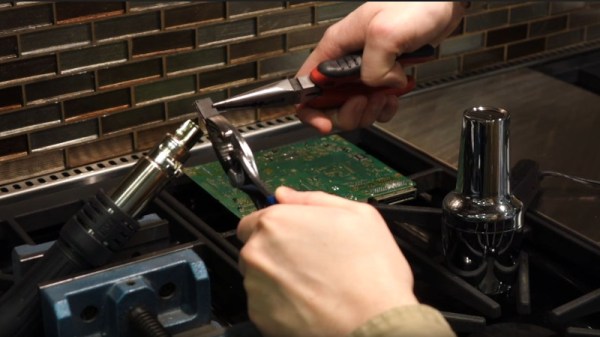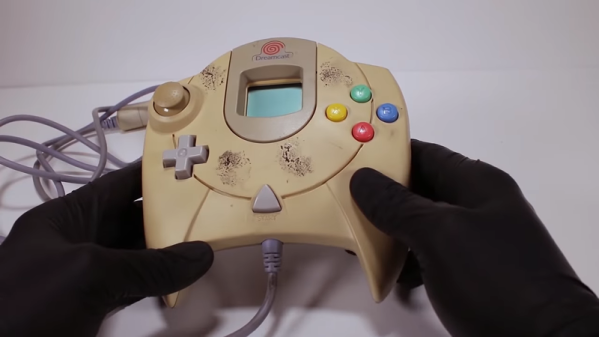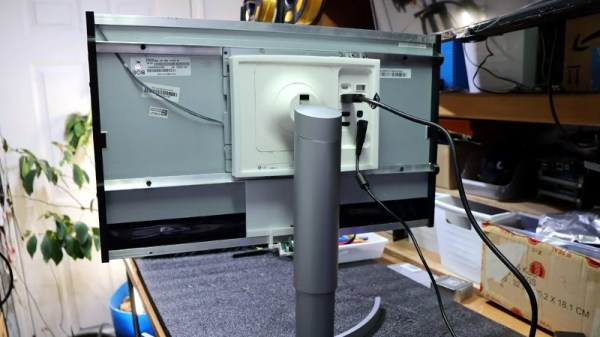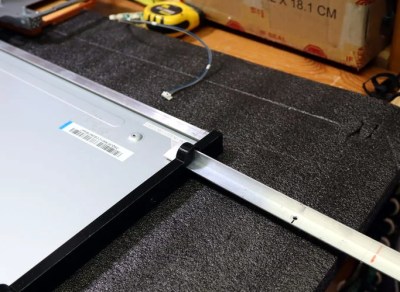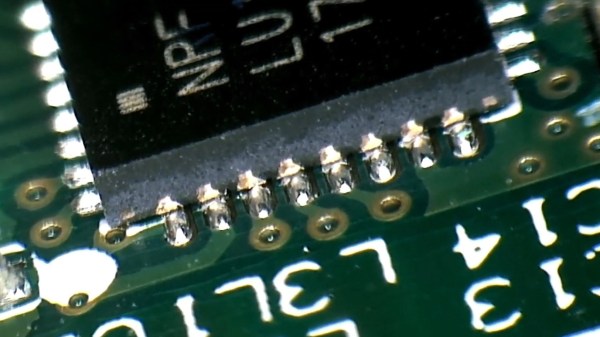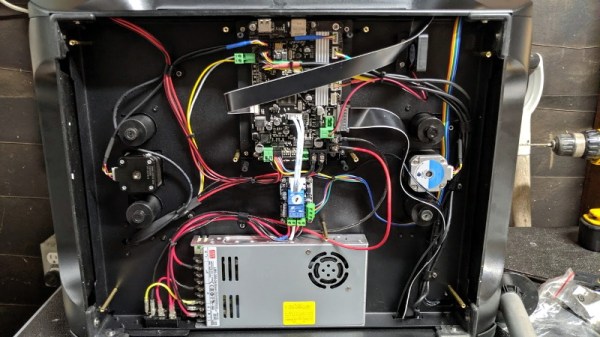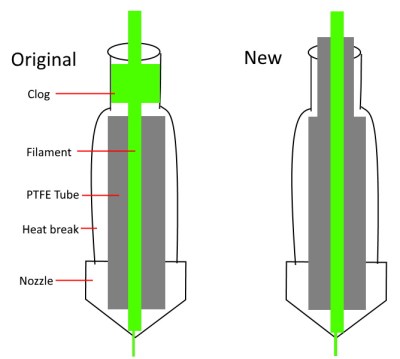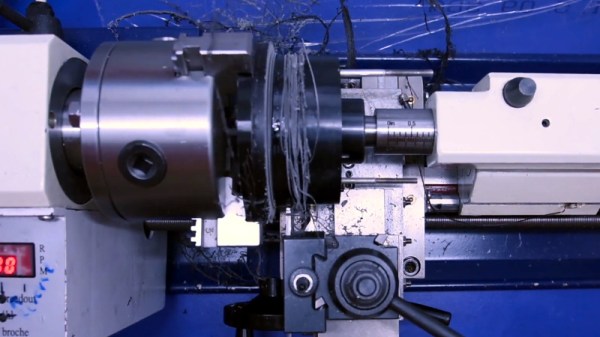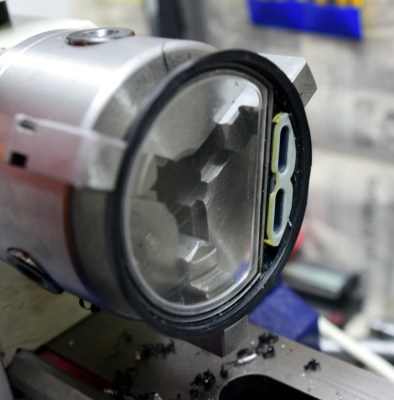While repairing a real-time clock module for a 1970s HP computer that had been damaged by its leaky internal battery, [CuriousMarc] began to suspect that maybe the replacement clock chips which he had sourced from a seller in China were the reason why the module still wasn’t working after the repairs. This led him down the only obvious path: to decap and inspect both the failed original Ti chip and the replacement chip.
The IC in question is the Texas Instruments AC5948N (along with the AC5954N on other boards), which originally saw use in LED watches in the 1970s. HP used this IC in its RTC module, despite it never having been sold publicly. This makes it even more remarkable that a Chinese seller had the parts in stock. As some comments on the YouTube video mention, back then there wasn’t as much secrecy around designs, and it’s possible someone walked out of the factory with one of the masks for this chip.
Whether true or not, as the video (also included after the break) shows, both the original 1970s chip and the China-sourced one look identical. Are they original stock, or later produced from masks that made their way to Asia? We’ll probably never know for sure, but it does provide an exciting opportunity for folk who try to repair vintage equipment.
Continue reading “Dissecting China-Sourced Vintage HP 1970s ICs: Genuine Or Not?”

